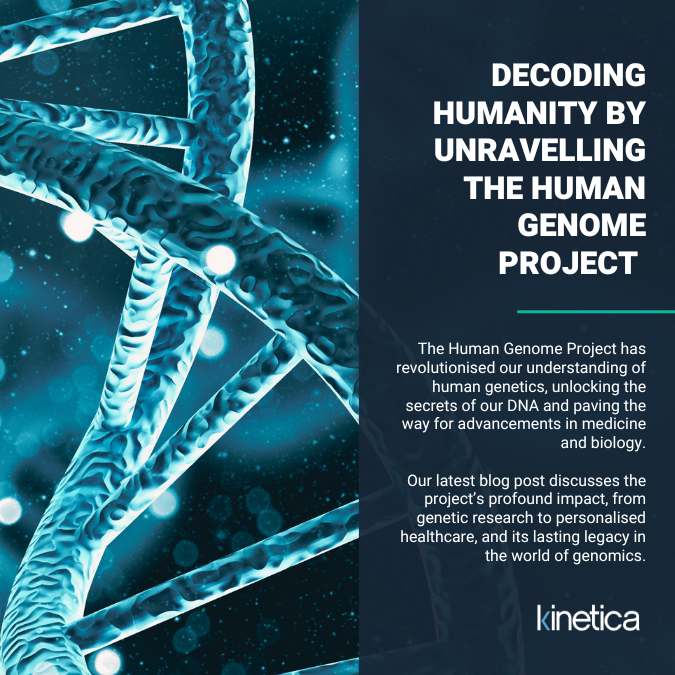INSIGHTS
The latest insights & news from Kinetica
What Lies Ahead in 2024 for NGS and Genomics?
17 Jan, 20245Following a dynamic 2022 and a comparatively subdued 2023, key players in next-generation se...

Following a dynamic 2022 and a comparatively subdued 2023, key players in next-generation sequencing (NGS) are navigating a landscape of opportunities and challenges in 2024.
The NGS realm has witnessed a surge in technological advancements, presenting users with a plethora of choices. The momentum gained pace in 2022 with the emergence of several new companies and established players introducing novel instruments. According to James Hadfield, PhD, of AstraZeneca, 2022 marked the most significant year for NGS since 2006.
The market expansion aligns with the growing demand for sequencing, not only in directed genomic sequencing but also in other omics technologies like single-cell genomics, spatial transcriptomics, and clinical applications such as liquid biopsy—all reliant on sequencing. Charlie Johnson, PhD, from Texas A&M AgriLife Research, anticipates continued growth in low-cost genotyping, facilitated by the broader availability of software tools for low-coverage genotyping analysis.
As we step into 2024, it's time to anticipate the trends and changes the coming year will bring to the genomics community. Experts weigh in on what the hot topics will be, emerging trends, and which companies will endure.
Illumina's Resurgence:
Despite a challenging year in 2023, Illumina seems to have rebounded. The company faced internal upheavals, a change in CEO, and a Federal Trade Commission order regarding the Grail acquisition. However, with the successful launch of NovaSeq X and the recruitment of CEO Jacob Thaysen, Illumina is poised for a strong comeback, as suggested by Alex Dickinson, ex-Illumina senior vice president. Questions linger about Thaysen's unfamiliarity and whether Illumina will spend much of 2024 divesting Grail.
New Players and Market Dynamics:
The entry of new short-read sequencers, including AVITI, G4, and Onso, poses a challenge to Illumina's dominance. Competing companies from overseas, like MGI's sequencers brought to the U.S. by Complete Genomics, add to the evolving market dynamics. However, users contemplating a switch face challenges, including the need for trust in the new company, a reliable reagent stream, and uncertainties about the new companies' sustainability.
Sequencers Beyond DNA:
Singular Genomics hints at combining spatial and sequencing technology with its upcoming PX instrument. Similarly, Element Biosciences' AVITI and Oxford Nanopore Technologies (ONT) explore applications beyond DNA sequencing. ONT is actively exploring protein sequencing using nanopores, signaling potential developments in 2024.
Long Reads in Focus:
PacBio and ONT express enthusiasm about entering the clinical market with long reads in 2024. However, skepticism arises, with some, like Alex Dickinson, questioning the limited market for long reads as emerging applications favor short reads.
Comparing Real Data:
Recent research compares new short-read sequencers, indicating that library conversion for sequencers other than Illumina does not significantly alter sample complexity. This research may impact decisions for researchers working with RNA and opting for non-Illumina sequencers.
Acquisitions and the Future Landscape:
The NGS landscape has a history of acquisitions, shaping the industry significantly. The omics race initiated in 2022 resembles an ultramarathon, with acquisitions and mergers continuing. The survival of new companies until the end of 2024 hinges on their investment capital, and not all short-read companies may endure, according to experts.
As we progress through 2024, the NGS and genomics landscape promises to be both dynamic and transformative, with uncertainties and innovations shaping the industry's future.



